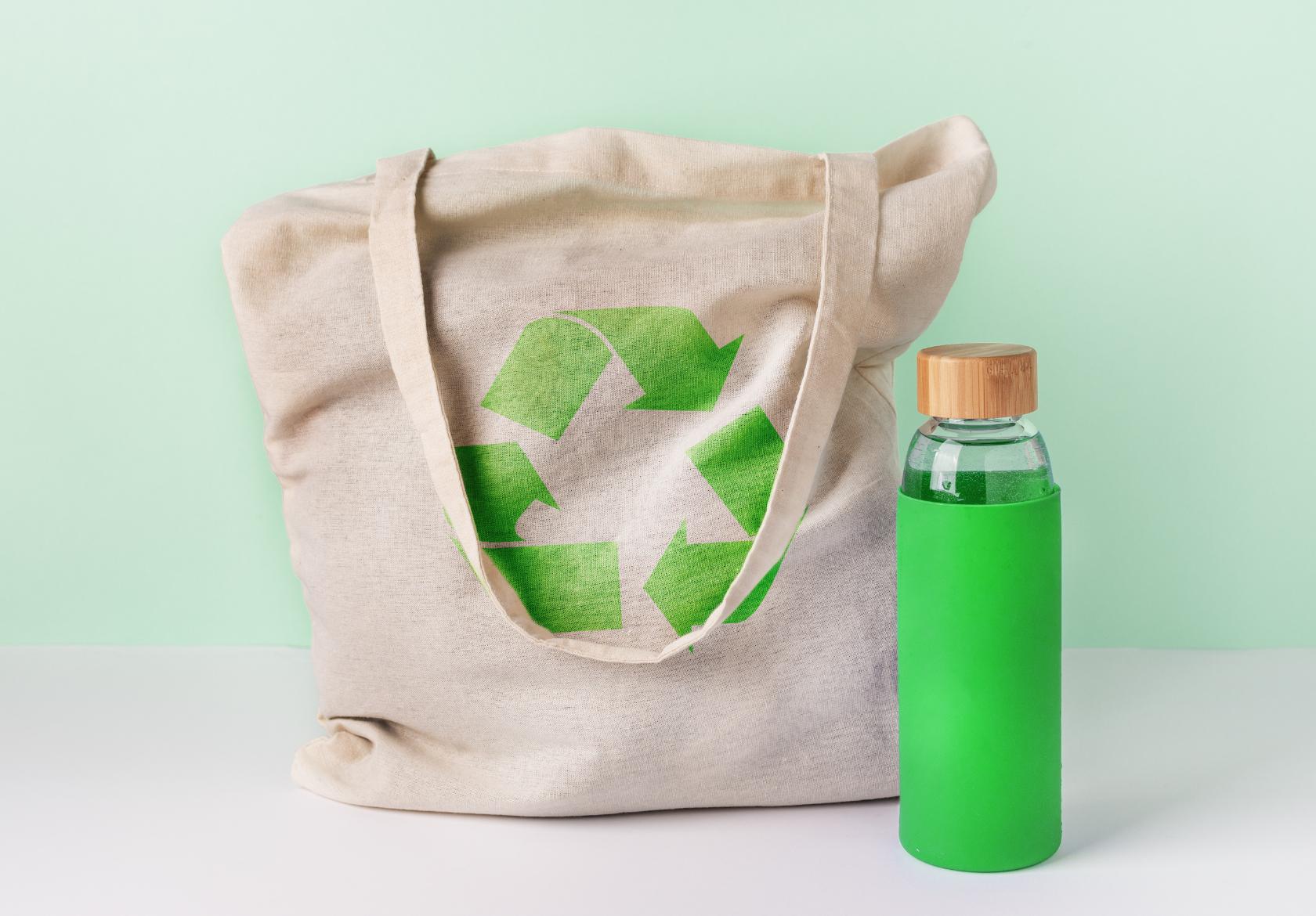Environmental sustainability has emerged as a crucial consideration across various industries, including graphic design. As consumers and businesses become more conscious of their environmental impact, the role of graphic designers in promoting sustainable practices has become increasingly important.
Today, we’re exploring the significance of environmental sustainability in graphic design, discussing eco-friendly practices, and highlighting how all of us can contribute to a greener future.
Why Environmental Sustainability Matters in Graphic Design
Graphic design plays a pivotal role in shaping brand identities, communicating messages, and influencing consumer behavior. However, traditional graphic design processes often involve fairly significant environmental costs. From the production of printed materials using non-recyclable materials to excessive energy consumption during digital design processes, the environmental footprint of graphic design can be substantial.
By adopting sustainable practices, Moonlit Media is proud to help mitigate these impacts and contribute positively to environmental conservation efforts.
Sustainable design not only reduces waste and resource consumption, but also enhances brand reputation by aligning with the values of environmentally conscious consumers.
Eco-Friendly Practices in Graphic Design
Whether you’re a designer or business owner, small changes in processes and collateral materials can make a big difference in the environment.
1. Minimizing Waste and Recycling Materials
One of the fundamental principles of sustainable graphic design is minimizing waste throughout the design process. As designers, we can achieve this by:
- Using recycled or sustainably sourced paper for printed materials.
- Opting for digital proofs instead of physical ones to reduce paper waste.
- Designing with a goal of using materials that are easier to recycle.
By prioritizing materials that are recyclable and using efficient production methods, designers can help businesses reduce their environmental impact.
2. Reducing Energy Consumption
Energy-intensive processes, such as rendering high-resolution graphics or printing large quantities of materials, contribute to carbon emissions. To reduce energy consumption, we always do our best to
- optimize digital files to minimize file size and processing power required.
- choose eco-friendly printing methods, such as digital printing with soy-based inks or UV printing that requires less energy.
- consider the lifecycle of digital devices and aim for energy-efficient hardware and software solutions.
Efforts to reduce energy consumption not only benefit the environment, but also contribute to cost savings for our valued clients and businesses.
3. Promoting Digital and Interactive Solutions
There is a growing trend towards digital and interactive design solutions, which is good news for the environment!
Digital publications, websites, and interactive media not only reduce paper usage, but also provide dynamic and engaging user experiences. By focusing on digital design, designers can,
- create engaging digital experiences that reduce the need for printed material and that, in turn, helps reduce costs for businesses.
- incorporate interactive elements that encourage user engagement and reduce the environmental impact associated with physical media waste.
4. Educating Clients and Stakeholders
Effective communication is key to promoting sustainable graphic design practices.
We are proud to educate clients and stakeholders about the environmental benefits of sustainable design solutions. By demonstrating the long-term value of eco-friendly practices, we find that we:
- build client trust and enhance brand reputation as a responsible corporate citizen.
- encourage clients to prioritize sustainability in their design briefs and project requirements.
Sustainable Graphic Design
Let’s take a look at some successful case studies that have reduced stress on our environment.
Case Study 1:Eco-Friendly Packaging Design
Moonlit Media collaborated with a sustainable consumer goods company to redesign their product packaging using recycled materials and minimalist design principles.
The new packaging not only reduced material waste but also communicated the brand’s commitment to environmental sustainability, resonating with eco-conscious consumers.
Case Study 2: Digital Annual Report Design
Instead of printing thousands of copies of an annual report, a corporate client opted for a digital version designed with interactive infographics and multimedia elements. This approach not only saved printing costs but also reduced paper consumption and carbon emissions associated with distribution.
As graphic designers, we have a responsibility to integrate environmental sustainability into our design practices. By embracing eco-friendly materials, reducing energy consumption, promoting digital solutions, and educating clients about the benefits of sustainable design, we can contribute to a greener future.
Sustainable graphic design not only reduces environmental impact but also enhances brand reputation, attracts environmentally conscious clients, and fosters a culture of responsible design practices across industries.
Together, we can create a positive impact on the planet while continuing to innovate and inspire through our creative endeavors.
Moonlit Media is proud to offer design for a sustainable future, one project at a time!
Interested in sustainable graphic design? We are happy to provide you a free quote!








